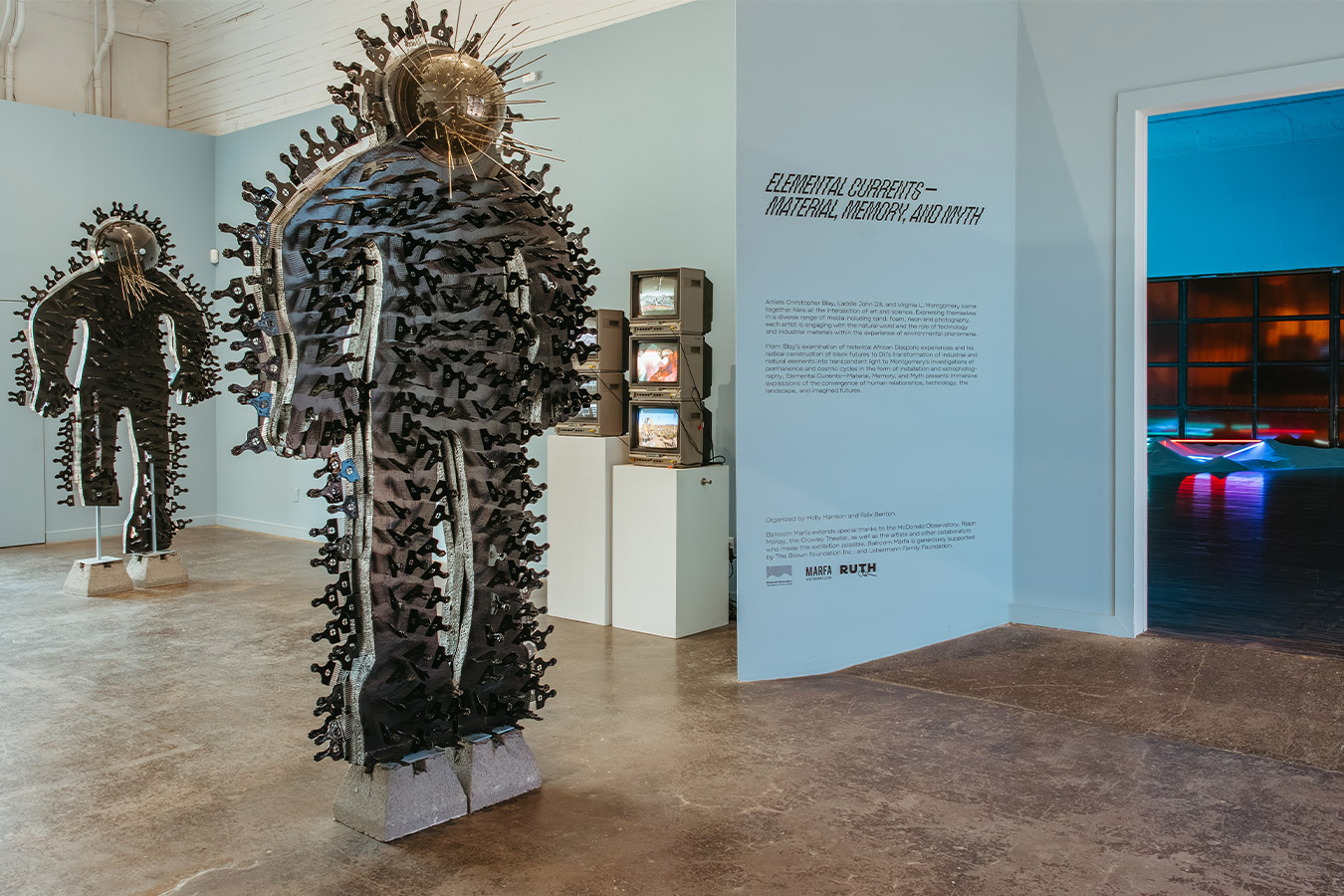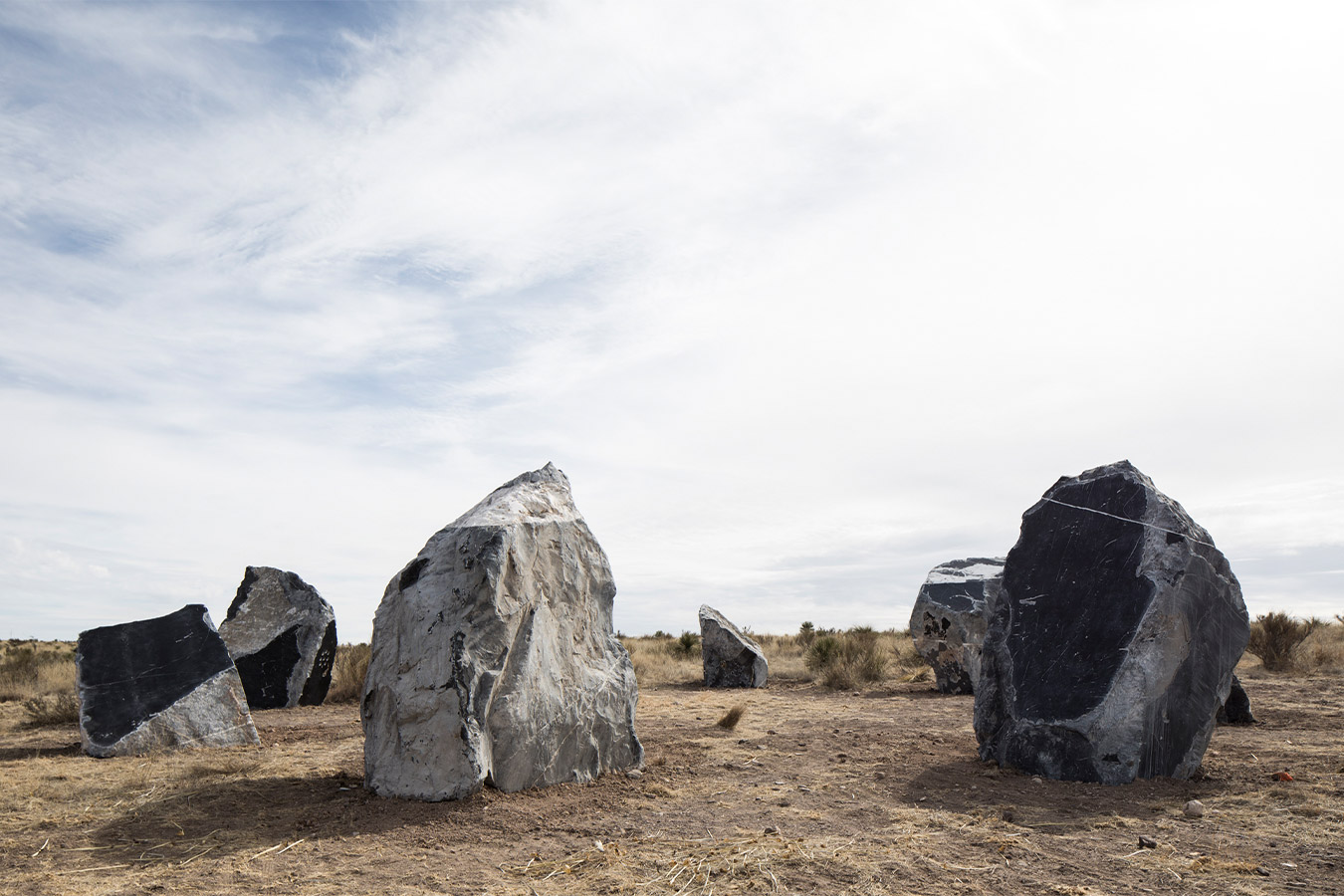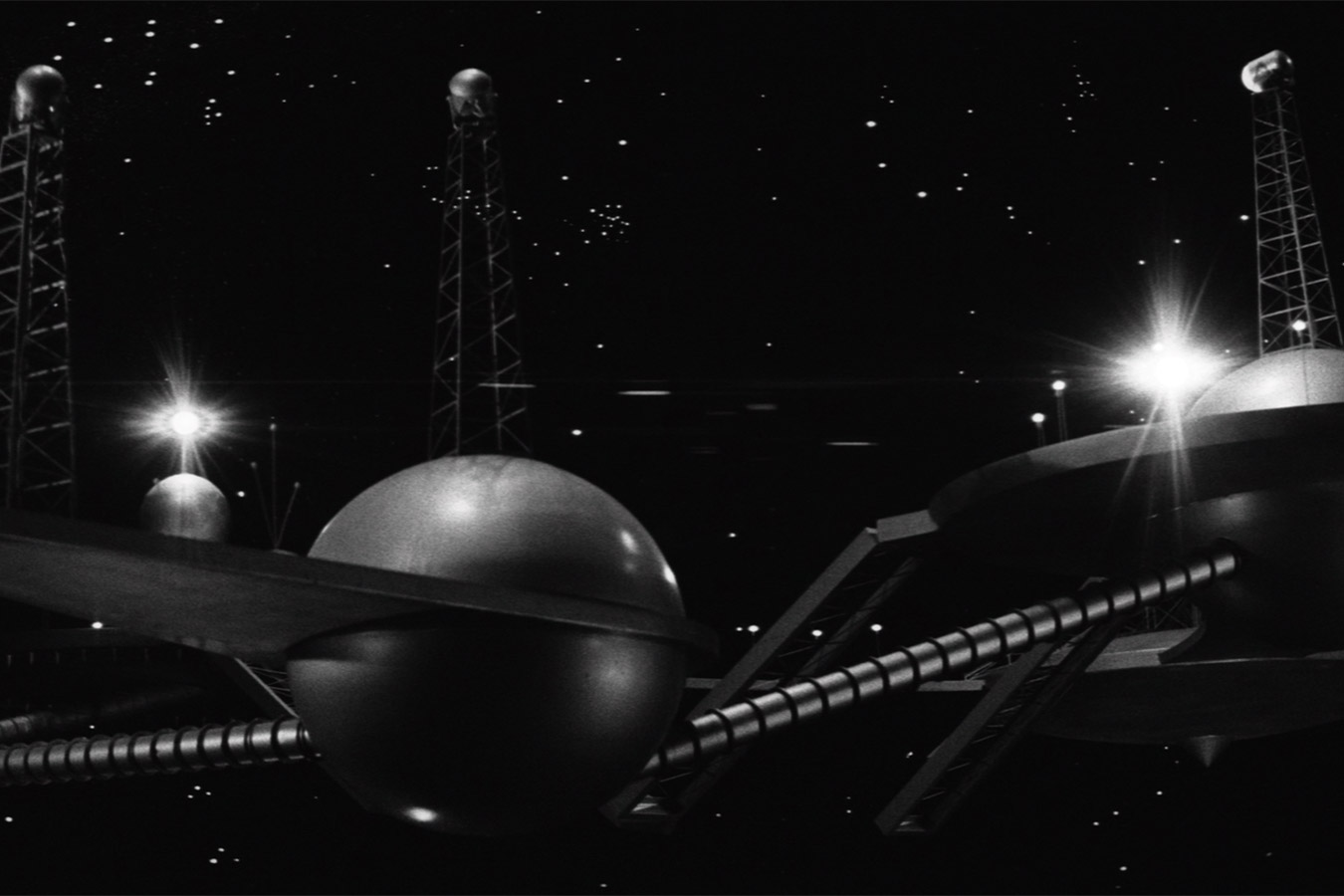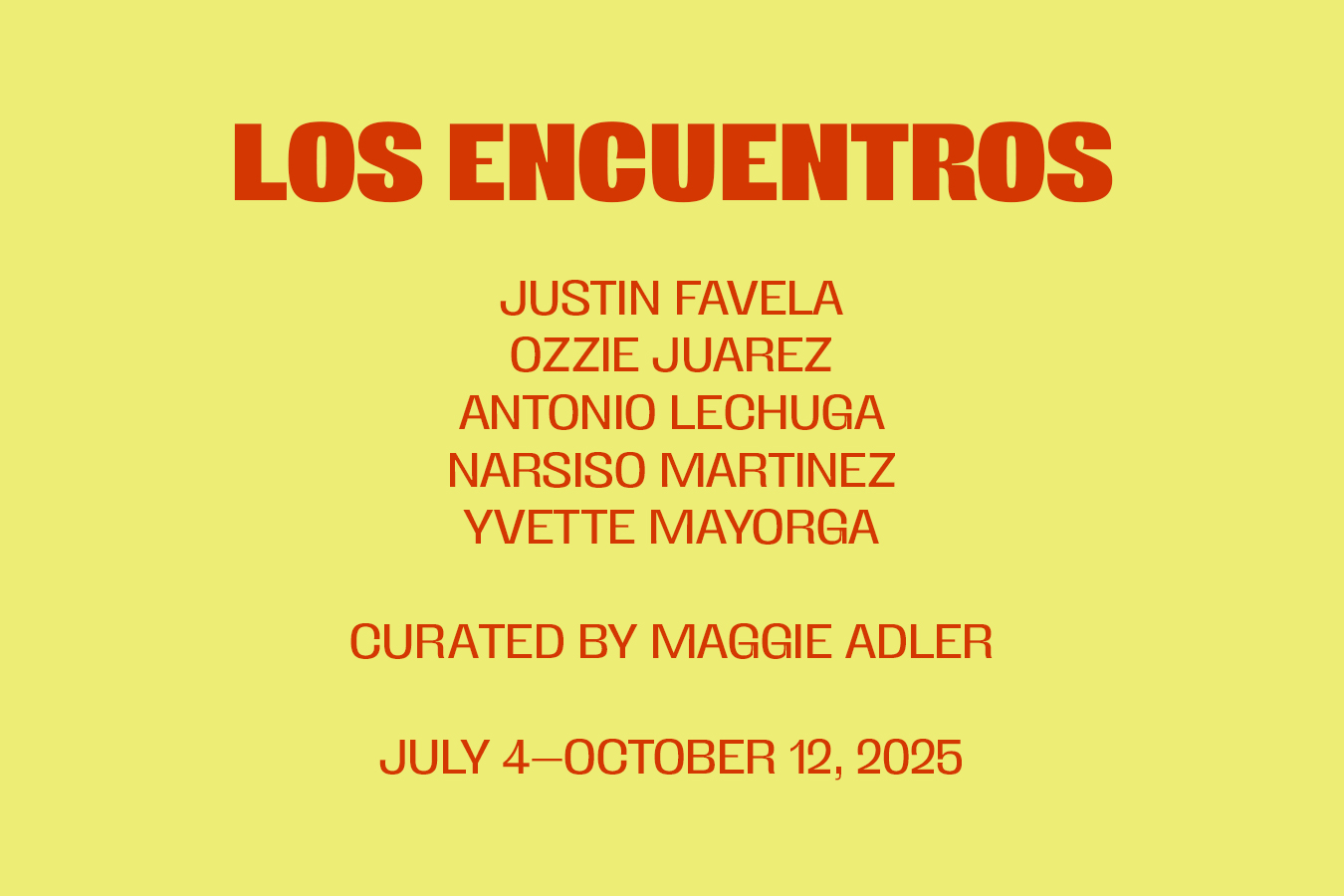
Ballroom Marfa Drive-In, rendering by MOS 2012
Dear Ballroom Marfa supporters and Marfa community members,
In 2006 Ballroom Marfa began developing an idea for a community space that we started calling the Drive-In. The name came out of our desire to conjure the spirit that used to exist around drive-in movie theaters. Our plans included an outdoor screen/bandshell that we hoped would be just as suitable for high school graduation ceremonies and community theater productions as for film screenings and Tejano concerts, and the Drive-In also called for all kinds of new developments to the eight-acre section of Vizcaino Park that we leased from Presidio County in 2012.

AJ and Sergio Castillo, August 31, 2013. Photo by Lesley Brown.
Now, after years of enthusiastic and imaginative collaboration between a crew of partners ranging from the Presidio County Commissioners to the architects at MOS, the Ballroom Marfa Board of Trustees has decided that, in spite of our best intentions, the project has outgrown the original vision. In its current proposed state, the Drive-In project will require significant fundraising efforts that could compromise the level of innovative and community-minded programming that has been Ballroom Marfa’s priority since 2003. As of now further development of the Drive-In is indefinitely deferred.
However, the spirit of this ambitious project is not confined to our enterprising architectural renderings. Thus we are moving forward with a more immediate strategy when it comes to the kind of events the Drive-In was intended to enable.
The Drive-In has invigorated Ballroom Marfa, and has guided us toward accessing existing spaces and better cooperation with our neighbors, whether bringing the Tish Hinojosa Band to the USO Building, inviting Fat Lyle’s food truck into the courtyard for the Sound Speed Marker reception or the spontaneous decision for Marisa Anderson to play an intimate sunset concert amid travel trailers and VW buses in the yard behind our office.
We are energized over the possibilities that this new, more agile framework allows us to realize. Ballroom Marfa’s lease at Vizcaino Park only pertains to the undeveloped softball field. The majority of the park – including the bandshell, baseball field, picnic area and playground – is managed by Presidio County. We’ll continue to program events there in coordination with Presidio County, taking inspiration from past and present Vizcaino Park gatherings like those put together by Ballroom Marfa and other members of the Marfa community.
 The Doodlin’ Hogwallops, April 21, 2014. Photo by Lesley Brown.
The Doodlin’ Hogwallops, April 21, 2014. Photo by Lesley Brown.
The Drive-In project led us to collaborate with Marfa Chamber of Commerce at to bring Tejano superstar AJ Castillo to Vizcaino Park for the 2013 Marfa Lights Festival and to work with Presidio County 4-H for a concert by Big Bend honky-tonk heroes the Doodlin’ Hogwallops at the county fair. Drive-In thinking led us to work with composer Graham Reynolds for The Marfa Triptych, an ongoing suite of performances blending country, norteño, jazz and opera traditions, all inspired by the culture and landscape our Far West Texas backyard. It also brought us together with the El Paso Opera for July’s upcoming Marfa, El Paso and Ciudad Juárez performances of Vidas Perfectas, a multimedia Spanish-language opera filmed on location here in Marfa, which recently debuted at the 2014 Whitney Biennial to glowing reviews.
So with that in mind we invite your questions and ideas, and also remind you of our upcoming summer programs – our fifth annual DJ Camp, plus free workshops with jazz icon Kahil El’Zabar and a field recording class presented with Marfa Public Radio – and what is sure to be a legendary night with the inimitable Bonnie “Prince” Billy.
In closing we’d like to thank everyone for continuing on with us as we plan for a vibrant future, both here in Texas and abroad. Thank you to all the individuals, foundations, our board of trustees, present and past staff, community members, designers and champions of the Drive-In.
 Marfa Triptych 2: The Desert are now on sale! Tickets are
Marfa Triptych 2: The Desert are now on sale! Tickets are 






 The Doodlin’ Hogwallops, April 21, 2014. Photo by Lesley Brown.
The Doodlin’ Hogwallops, April 21, 2014. Photo by Lesley Brown.




























